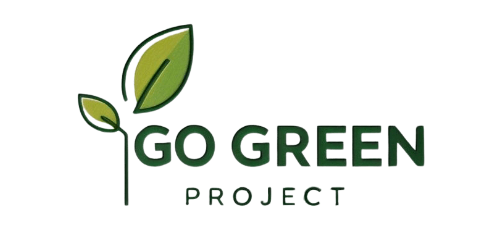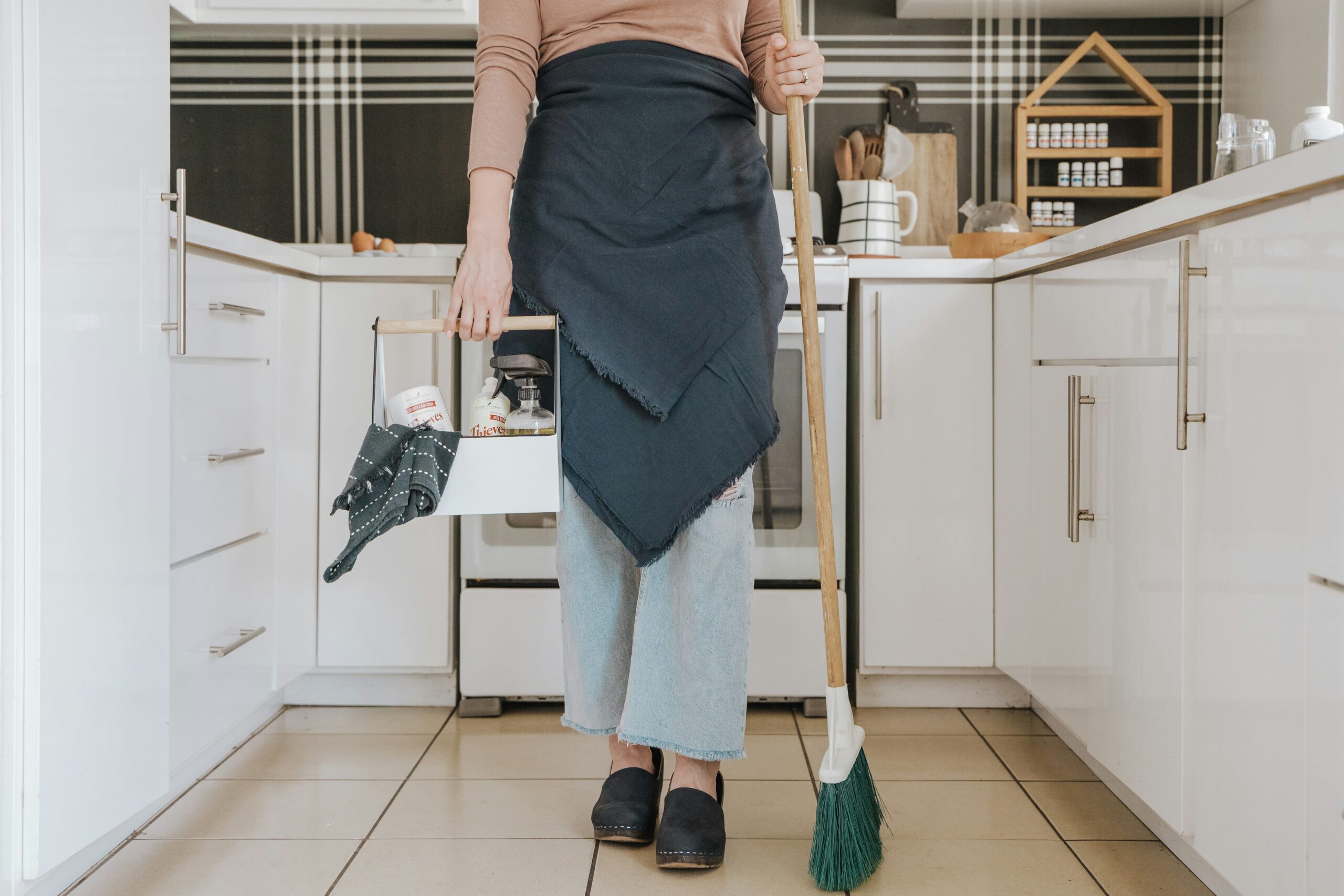Trying to live more sustainably? Good news, one of the easiest places to start is at home, and it all begins with your cleaning routine.
But making the switch to eco-friendly cleaning isn’t just about swapping out a few products. It’s about rethinking how you clean, what you use, and how often you do it.
Here’s how to set up a sustainable home cleaning routine that’s easy, effective, and (most importantly) actually sticks.
Why Sustainable Cleaning Matters
Conventional cleaning routines rely heavily on:
- Harsh chemicals that pollute waterways
- Single-use plastics that clog up landfills
- Overconsumption of products that create unnecessary waste
A sustainable cleaning routine helps you:
- Protect your health (and the health of your pets and kids)
- Reduce waste and lower your carbon footprint
- Save money by using less and reusing more
TL;DR: Sustainable cleaning is better for your health, your wallet, and the planet.
Step-by-Step: How to Set Up a Sustainable Home Cleaning Routine
1. Audit Your Current Products
Before you can change anything, know what you’re working with. Pull out all your cleaning supplies and check:
- What chemicals are in them?
- How are they packaged?
- How much plastic and waste do they generate?
Action Tip: Keep an eye out for anything toxic, expired, or non-recyclable.
2. Switch to Eco-Friendly Alternatives
Look for:
- Plant-based ingredients
- Non-toxic formulations
- Concentrated or refillable products
- Plastic-free or recyclable packaging
Brands like Pleasant State and Resparkle are excellent Australian-made options that promote a circular economy.
Action Tip: Replace products slowly as you use up the old ones, no need to waste what you already have.
Read: The Best Australian Eco-Friendly Cleaning Brands
3. Invest in Reusable Tools
Say goodbye to single-use cleaning items like:
- Paper towels
- Disposable mop pads
- Plastic scrubbers
Replace them with:
- Microfibre cloths (that you can wash and reuse)
- Compostable sponges
- Durable brooms, mops, and dusters with replaceable heads
Action Tip: Set up a small “reusables” station under your sink to make it easy.
4. DIY Simple Cleaning Solutions
You don’t need dozens of different products. You can clean almost your entire home with:
- Vinegar
- Bicarb soda
- Lemon
- Castile soap
Example: Mix vinegar and water (1:1 ratio) for an all-purpose surface spray. Add a few drops of eucalyptus oil for extra cleaning power.
Action Tip: Label your DIY products so you know what’s inside and when you made them.
5. Use Products Properly (So You Use Less)
More product doesn’t always mean a better clean. Follow dosage instructions carefully to:
- Reduce waste
- Save money
- Protect surfaces and fabrics
Action Tip: If your bottle says “one capful,” use one capful. Overdosing doesn’t help, it just creates more pollution.
6. Set a Manageable Cleaning Schedule
Sustainability isn’t just about products, it’s about habits too. Break your cleaning into manageable, regular tasks so you’re not doing huge wasteful cleans.
Example Routine:
- Daily: Wipe benches, spot clean spills
- Weekly: Vacuum, dust surfaces, clean bathrooms
- Monthly: Deep clean floors, windows, appliances
Action Tip: Create a visible schedule (on the fridge or in your planner) to keep on track.
TL;DR: Audit what you have, swap to eco products, use reusables, DIY when you can, don’t overuse products, and stick to a steady schedule.
FAQs: Sustainable Cleaning in Australia
What’s the difference between “eco-friendly” and “sustainable” cleaning?
- Eco-friendly cleaning focuses on using products that are less harmful to the environment.
- Sustainable cleaning goes further, it also includes reducing waste, reusing materials, conserving water, and buying responsibly.
In short: All sustainable cleaning is eco-friendly, but not all eco-friendly cleaning is truly sustainable.
Can I set up a sustainable cleaning routine on a budget?
Yes! Many sustainable swaps (like using vinegar and bicarb soda) are way cheaper than commercial cleaning products.
Buying reusable tools and refillable products might cost a little more upfront but saves you money over time.
What are the most important first steps if I’m overwhelmed?
Start small:
- Replace one product at a time.
- Switch to reusable cloths instead of paper towels.
- Set one small weekly cleaning goal.
You don’t have to overhaul everything overnight.
How do I dispose of my old, toxic cleaning products?
- Do not pour them down the drain.
- Check your local council website for household hazardous waste drop-off locations.
- Many councils in Australia offer free chemical collection days.
Which Australian brands are best for sustainable cleaning?
Read: The Best Australian Eco-Friendly Cleaning Brands
Setting up a sustainable home cleaning routine isn’t about perfection, it’s about progress. Every eco swap, every reusable cloth, and every refill instead of a new bottle adds up over time.
And the best part? Your home will be just as clean, without the chemical smell, environmental guilt, or endless plastic waste.

